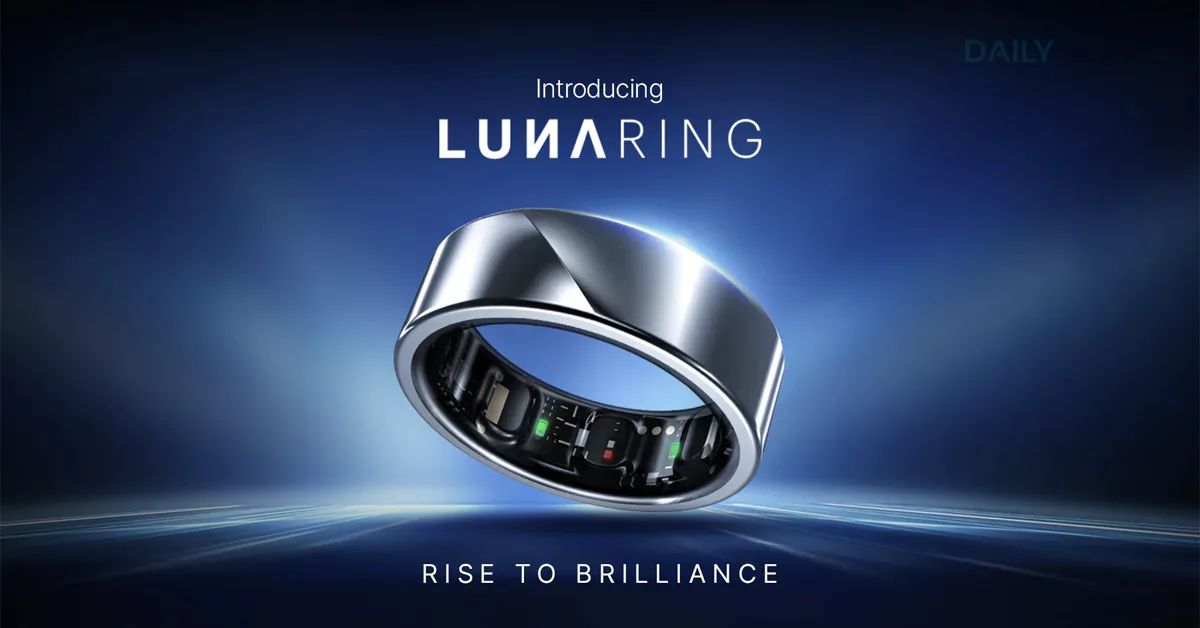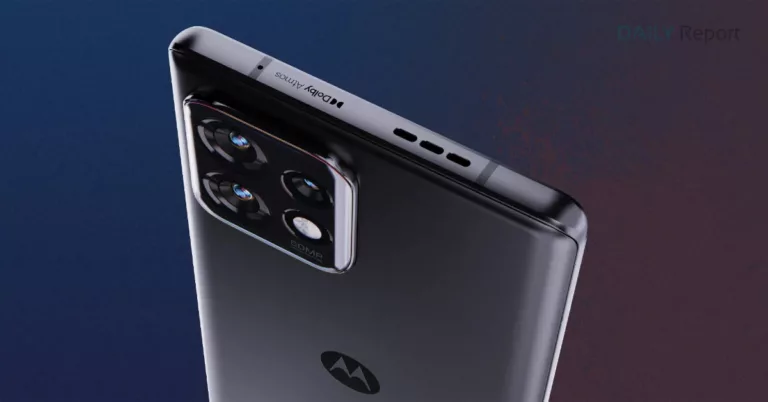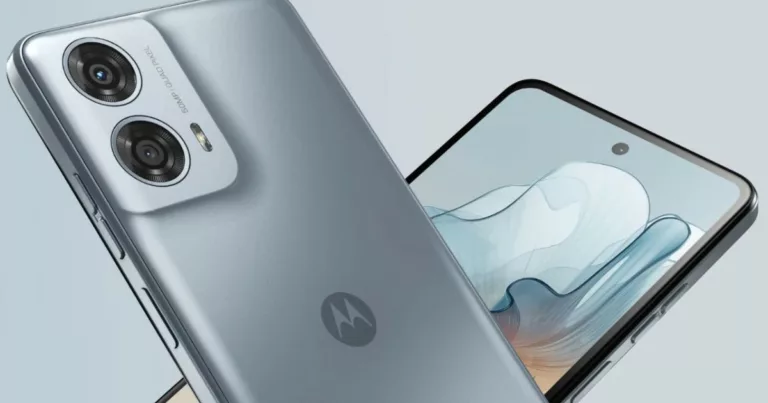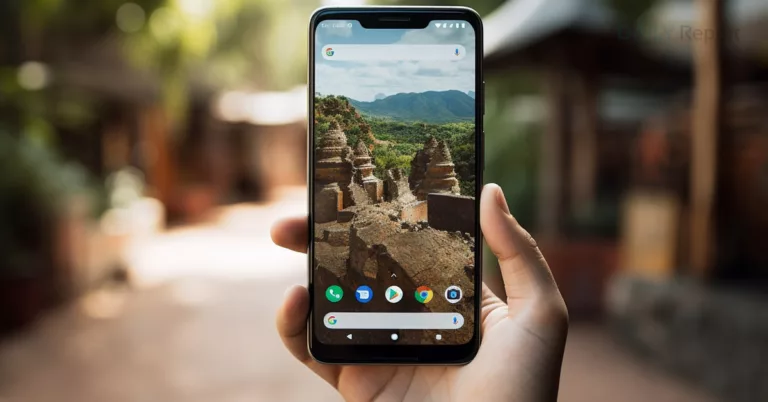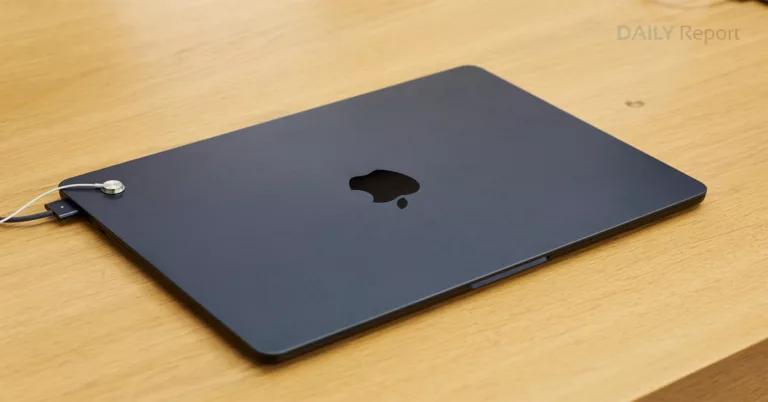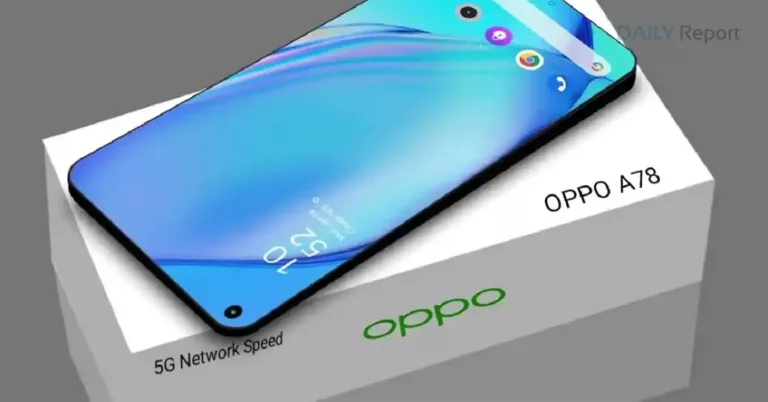Noise Luna Ring
Noise Luna Ring
Noise Luna Ring: It is unlikely you’ll be comfortable wearing a smartwatch, or a fitness band, to bed. How would you keep tabs on your sleep quality? That’s a limitation of wearables we’ve often pointed out, as most watches and bands have evolved sleep tracking capabilities. Secondly, chances are you’d take off a watch or band once you’re relaxing at home. The flip side of this gap in data is it breaks continuity and may throw suggestive actions off track. A ring is, in more ways you consider, an almost perfect wellness wearable. Indian tech company Noise may just be on to something, with the Luna Ring.
Rings have a proved adept with utility. Globally, there are examples. There’s the UK tech company McLear’s RingPay for contactless payments via the wearable at any payment terminal. American company SleepOn’s Go2Sleep ring is focused on sleep tracking. These two, among an increasing number of such examples, prove the form factor and design can work well with miniaturised internals. Indian health tech UltraHuman’s Ring AIR (around ₹28,499) has done its bit to set things in motion.
What Noise is doing, in some ways a replication of the price and value proposition they’ve blended well for product categories such as smart watches and wireless earbuds, is making it more affordable to own a wholesome fitness tracking ring. The ripple effect of the ₹14,999 price tag also means there will be a greater appetite for experimentation too, in comparison with Ultrahuman’s hardware.
Rings have a proved adept with utility. Globally, there are examples. There’s the UK tech company McLear’s RingPay for contactless payments via the wearable at any payment terminal. American company SleepOn’s Go2Sleep ring is focused on sleep tracking. These two, among an increasing number of such examples, prove the form factor and design can work well with miniaturised internals. Indian health tech UltraHuman’s Ring AIR (around ₹28,499) has done its bit to set things in motion.
What Noise is doing, in some ways a replication of the price and value proposition they’ve blended well for product categories such as smart watches and wireless earbuds, is making it more affordable to own a wholesome fitness tracking ring. The ripple effect of the ₹14,999 price tag also means there will be a greater appetite for experimentation too, in comparison with Ultrahuman’s hardware.
One aspect where Noise could have done a bit better is with the subtle element to indicate ‘this side up’ as you wear the ring. That little design embedded into the titanium shell is too subtle for most people to notice initially. It is crucial, since that dictates the correct position of the sensors which should be on the underside of your finger. A little dash of colour here, could have made things more intuitive.
In case you are (you must be) wondering about the sensor portfolio in place, the Luna Ring has an Infrared Photoplethysmography (PPG) sensors, Skin Temperature sensors, 3-axis accelerometer sensor. Not to forget, the hardware for wireless charging, which is done using its uniquely designed dock that can plug into any USB-C cable. Don’t forget to carry this dock when you’re travelling, the charging cable will very much be the same as your phone.
You’ll need the Luna Ring app on your Android phone or Apple iPhone to set this up and keep an eye on collected data. There’s a lot of it to make sense of, mind you. There’s of course the regular activity data for the day as you’re out and about, alongside sleep statistics as well as what is called a Readiness score. Dig deeper, and you’ll find specifics. For instance, sleep data will have the breakdown including deep sleep and REM statistics for each night. Within this larger framework, are important inserts such as body temperature, heart rate and blood oxygen levels.
The ring isn’t made to be, and neither should you assume, a replacement for precise medical devices. It is meant to provide a fair illustration of your activity routine, sleep quality and any red flags there may be. That’s about it.
In our time using the Noise Luna Ring, it is clear the automated calculations for elements such as the Readiness score become more accurate after a week or so of wearing the ring regularly. And by that, we mean sleep tracking as well, which gives computation systems wholesome data to work with. Unless it has accurate sleep data or body temp stats for instance, readiness score will be incomplete and off the mark. With time, and the more it gets to know about your activity as well as sleep quality, the clearer this picture becomes.
Heart rate numbers that the Noise Luna Ring indicates are within 2 points of the heart rate logged by the Apple Watch. The latter is recognised as one of the most precise in this business of fitness monitoring. To be within this range, is good news for Noise’s optimisation of the algorithms at work. Steps and activity are within similar ballparks, and our fear that a badly optimised fitness ring will also potentially log hand gestures and keystrokes as steps or movement, didn’t materialise.
That said, there are times when the app doesn’t immediately refresh with the new data. Sleep data, on some mornings, takes quite a while before it collates and reflects in the app. that also means, Readiness score may be less reliable if you’re noticing this lag in your app. Troubleshooting by unpairing the ring with your account and setting it up again is one way to go, but the ring and its algorithms will start learning afresh.
For once, a wearable that you mustn’t worry about charging regularly. Noise has done a good enough job with the Luna Ring’s power consumption. A 24-hour wear cycle tracking your activity through the day and night takes away 15% charge. That means almost a week on a single charge.
Uniqueness, and because we noticed hardly any rough edges with the Noise Luna Ring, reaffirms our faith that fitness tracking rings will become more common in the wearables market in the next few years. This form factor has its advantages, and doesn’t have to complicate things by being a smartwatch too. That immediately means it works better as a sleep tracker. Is this also ushering in an era where fitness rings become genuinely affordable, at least enough for more potential users to attempt an experiment?

